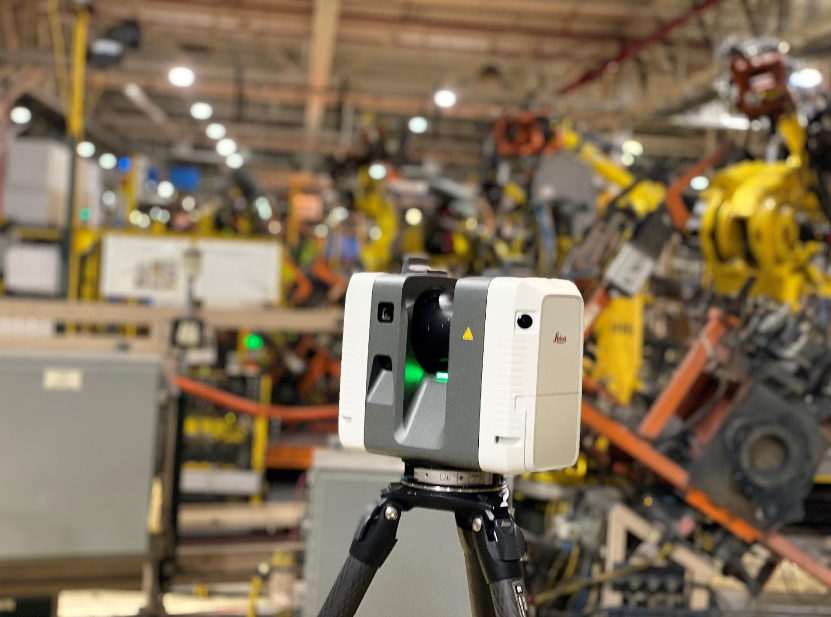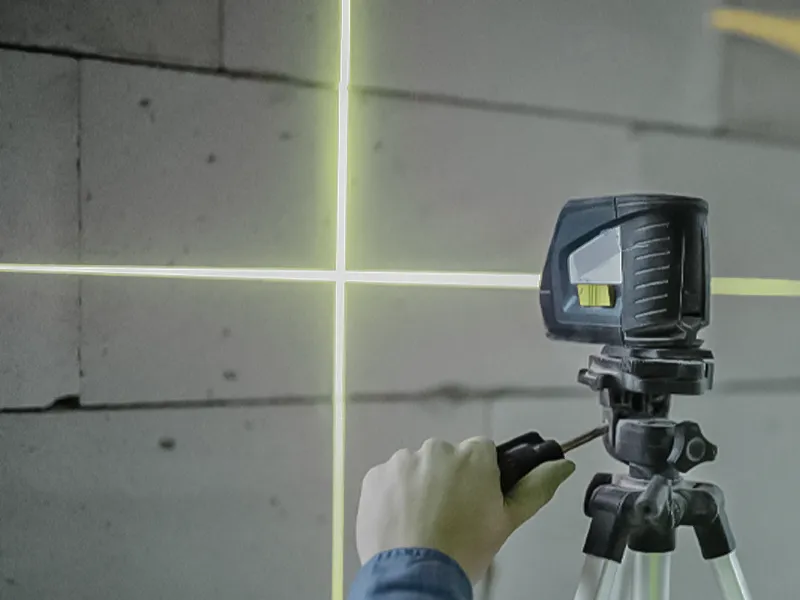How 3D Laser Scanning Reinvents Architectural Style and Building Projects
3D laser scanning is changing the landscape of building design and building. This modern technology supplies exceptional accuracy in capturing existing atmospheres, which promotes better job planning and execution. It decreases errors while boosting efficiency in various phases of advancement. The implications for cooperation among architects, engineers, and other stakeholders are considerable. These developments unlock to new design possibilities and cutting-edge solutions. What lies ahead for this progressing technology?
The Fundamentals of 3D Laser Scanning Technology
Although 3D laser scanning technology may appear complicated, its core principles are uncomplicated and transformative for building layout. This technology utilizes laser light beams to capture accurate dimensions of physical structures, creating a comprehensive factor cloud that represents the scanned atmosphere. A laser scanner discharges quick pulses of light, measuring the moment it considers the light to return, which enables for the estimation of distances with impressive accuracy.
The resulting point cloud can be converted right into a 3D version, offering architects with invaluable aesthetic information. This model enables experts to adjust and examine design elements within their projects, permitting cutting-edge options and enhanced visualization. By using 3D laser scanning, engineers can better comprehend the status quo of a website, ensuring that brand-new styles harmonize with their surroundings. This integration of technology into architectural design marks a significant development, fostering creative thinking and precision in the area.

Enhancing Accuracy and Performance in Architectural Projects
As architectural projects progressively demand precision and rate, 3D laser scanning becomes an essential tool in boosting both precision and efficiency. This innovation captures numerous data points in a quick duration, creating in-depth and accurate 3D designs of existing structures. The capacity to get exact measurements minimizes the threat of mistakes during the layout phase, enabling engineers to picture their jobs with unmatched clarity.
The fast information collection procedure minimizes the time invested on-site, enabling groups to concentrate on evaluation and layout renovations. With real-time information schedule, changes can be made swiftly, promoting a more streamlined workflow. The combination of 3D laser scanning right into building methods not just improves dimension accuracy however also improves the total project timeline, helping with quicker decision-making. In a sector where precision is essential, this technology stands as a transformative force, boosting the requirements of architectural layout and building projects.
Enhancing Collaboration Among Stakeholders
While typical architectural processes often entail fragmented communication among stakeholders, 3D laser scanning cultivates a more cohesive collective environment. By giving specific, high-resolution data, this modern technology enables architects, designers, contractors, and clients to run from a unified factor of referral. The in-depth visualizations created with laser scanning remove false impressions and uncertainties, guaranteeing that all celebrations have accessibility to the very same information.
This transparency improves decision-making and encourages prompt responses, as stakeholders can easily visualize style aspects and spatial relationships. Additionally, the integration of 3D scanning data into Building Information Modeling (BIM) platforms even more enhances partnership, enabling real-time updates and alterations. Such smooth communication not just decreases conflicts but additionally increases task timelines, as all stakeholders continue to be straightened throughout the layout and construction stages. Inevitably, 3D laser scanning changes typical operations right into a more collective and effective process, benefiting all celebrations included.
Unlocking Innovative Opportunities in Layout
By making it possible for architects to picture complicated elaborate details and spatial relationships, 3D laser scanning reveals imaginative opportunities in design. This technology permits exact mapping of existing environments, making it possible for engineers to check out innovative principles that might have formerly appeared impractical. With highly precise data, developers can trying out unique types and products, pushing the borders of standard architecture.
The integration of 3D laser scanning right into the style procedure promotes collaboration amongst multidisciplinary teams, urging the exchange of ideas and boosting creativity. The detailed visualizations generated by this innovation not just aid in recognizing potential layout challenges yet also motivate options that might not have actually been thought about. Consequently, designers can create a lot more appealing and vibrant areas that reverberate with individuals while meeting practical requirements. Inevitably, 3D laser scanning changes find more the building landscape, equipping developers to recognize their visions with extraordinary accuracy and creativity.
The Future of 3D Laser Scanning in Architecture and Construction
The combination of 3D laser scanning right into building layout not just enhances creativity but likewise establishes the phase for its progressing duty in the future of style and construction. As technology developments, the accuracy and effectiveness of laser scanning will certainly remain to improve, allowing designers and building contractors to develop extra intricate layouts with accuracy - 3D Scanning. The usage of this modern technology in real-time information collection will certainly assist in much better decision-making, minimizing mistakes and enhancing operations
Future applications might consist of enhanced and digital fact assimilations, permitting stakeholders to imagine jobs in immersive settings. In addition, as sustainability comes to be a priority, 3D laser scanning will sustain the development of energy-efficient styles by providing thorough insights right into existing frameworks. As collaboration among various self-controls comes to be more crucial, the ability to share exact 3D designs will certainly promote advancement and improve task outcomes. Ultimately, 3D laser scanning will certainly redefine criteria in architectural layout and building practices.
Regularly Asked Concerns
What Is the Price of Executing 3D Laser Scanning Modern Technology?

The length of time Does a Common 3D Laser Scanning Project Take?
A common 3D laser scanning job can take anywhere from a few hours to several days, depending on factors such as the task's dimension, intricacy, and the degree of information required for accurate information capture.
What Kinds Of Projects Benefit Many From 3D Laser Scanning?
3D laser scanning go to my site benefits numerous tasks, especially large-scale constructions, historic reconstructions, and intricate remodellings. It improves accuracy in dimensions, decreases errors, and gives in-depth data important for efficient preparation and execution in architectural style and building.

Are There Details Software Application Programs Required for 3D Laser Scans?
Yes, particular software program programs are important for processing 3D laser scans. 3D Scanning. Popular choices include Autodesk Wrap-up, Faro Scene, and Leica Cyclone, each offering special attributes customized for imagining and evaluating scanned data successfully in different jobs
Just How Does 3D Laser Scanning Influence Environmental Sustainability in Building And Construction?
3D laser scanning boosts environmental sustainability in construction by minimizing material waste, enabling precise measurements, and advertising reliable source use. This technology permits for far better preparation, decreasing the environmental footprint of construction projects via boosted precision and effectiveness.
3D laser scanning is transforming the landscape of architectural layout and building and construction. 3D laser scanning modern technology might seem complex, its core concepts are uncomplicated and transformative for architectural layout. By making it possible for designers to imagine complex intricate information and spatial connections, 3D laser scanning reveals imaginative opportunities in style. The integration of 3D laser scanning right into the style process cultivates partnership among multidisciplinary teams, urging the exchange of concepts and boosting creative thinking. The combination of 3D laser scanning into architectural design not just boosts creative thinking but additionally read review establishes the stage for its evolving function in the future of design and building.